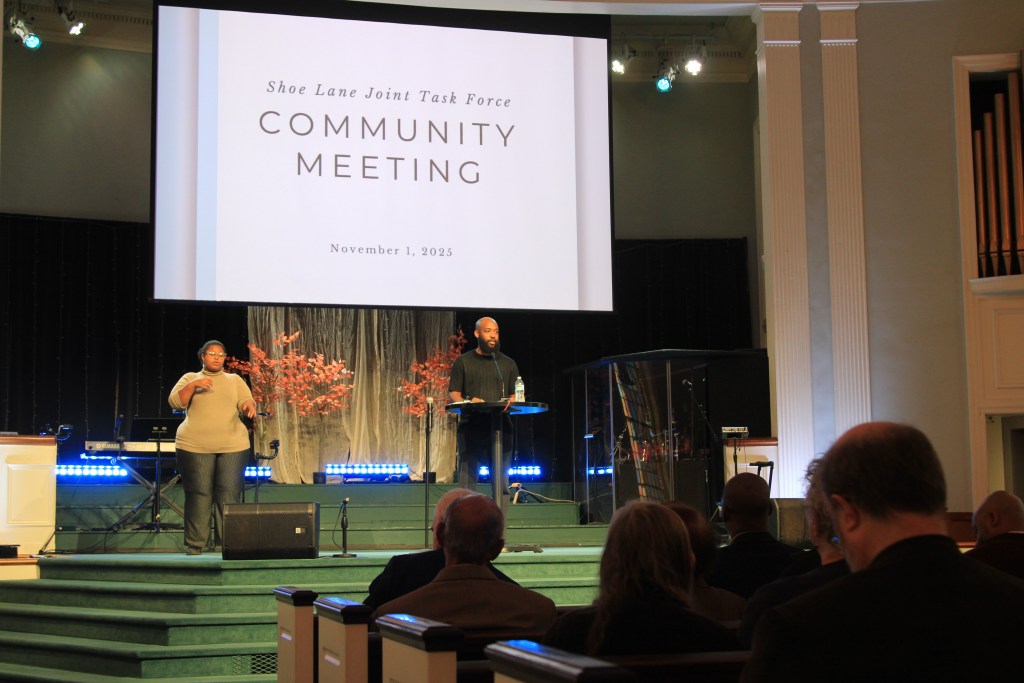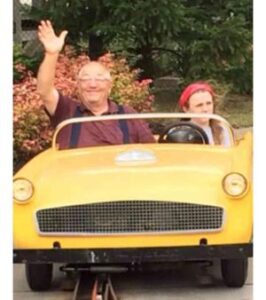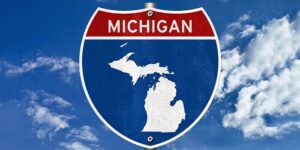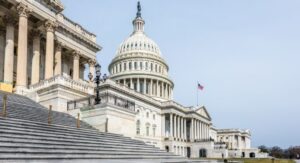
A task force has been formed to investigate the historical displacement of a Black neighborhood in Newport News, Virginia, linked to the expansion of Christopher Newport University (CNU). The Shoe Lane Joint Task Force held a community meeting at City Life Church to present its ongoing efforts and gather feedback from local residents.
Established in January 2023 by Mayor Phillip Jones and CNU President William G. Kelly, the task force aims to explore the decisions made in the early 1960s that led to the displacement of residents from the Shoe Lane neighborhood. The task force is co-chaired by Vice Mayor Curtis Bethany and University Provost Quentin Kidd, along with members including Regina Brayboy, Vidal Dickerson, Joni L. Ivey, and Cleon M. Long. Brayboy, who also serves on CNU’s Board of Visitors, highlighted the importance of accurately documenting the experiences of those affected.
Research into the displacement is currently underway, including interviews with families and descendants of those who were impacted. So far, eight families have shared their stories, with Council Member Marcellus L. Harris III noting, “Each parcel, each family, each record represents a story.” Brayboy emphasized the need for these narratives to be treated with “accuracy and respect.”
The task force’s research involves examining property deeds and archival documents, as well as creating a comprehensive website detailing the neighborhood’s history and timeline. This information will contribute to a final report and policy recommendations directed at the city, state, and university. A completion date has yet to be established, as Brayboy acknowledged the extensive nature of the work.
During the meeting, attendees expressed their hopes for the initiative. Audrey Perry Williams, president of the Hampton Roads branch of the Association for the Study of African American Life and History, expressed her satisfaction with the task force’s progress, stating that her primary concern is ensuring the historical narrative is conveyed accurately.
Residents who experienced the displacement firsthand also voiced their concerns. Shauna Franklin Epps, who lived on Moores Lane, part of the area affected by the university’s expansion, questioned what reparations might look like. Similarly, Pearl Smith, another former resident, asked about the rationale behind the choice of Shoe Lane for eminent domain actions, wondering, “What was their reason for uprooting us out of that community?”
For additional information on the Shoe Lane neighborhood and the work of the Task Force, interested parties are encouraged to visit the official website at library.nnva.gov/368/The-Shoe-Lane-Task-Force. This initiative not only aims to address historical injustices but also seeks to foster a deeper understanding of the community’s past and its implications for the future.







